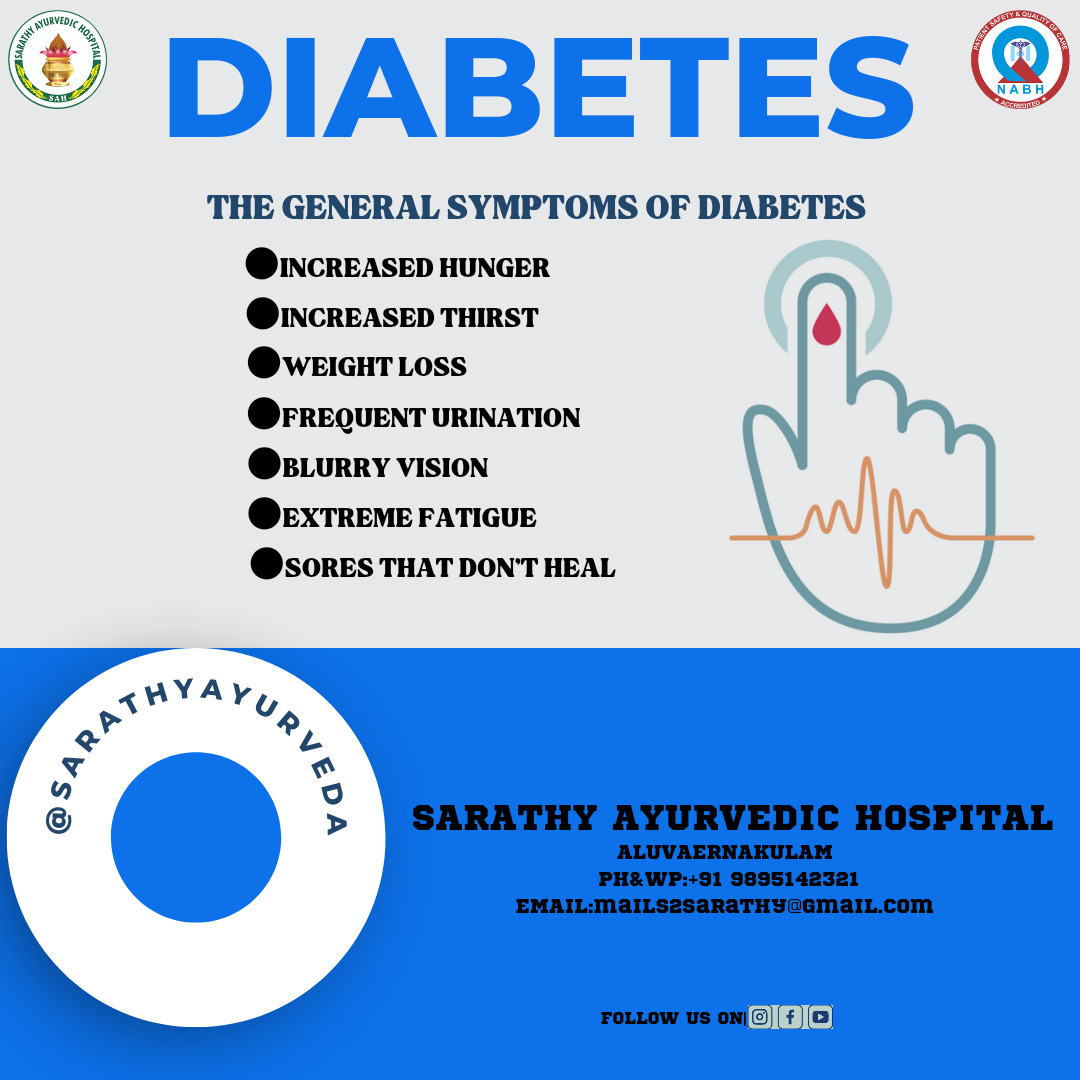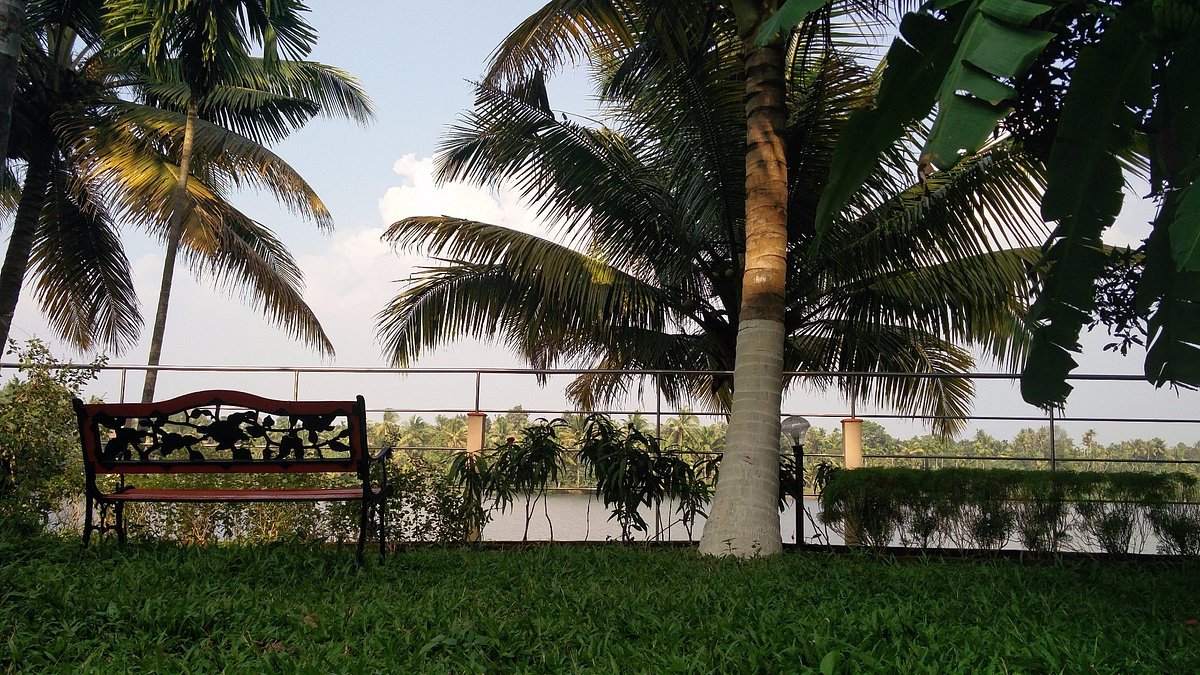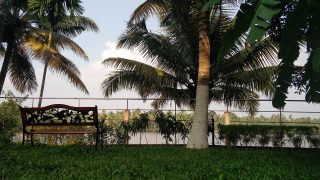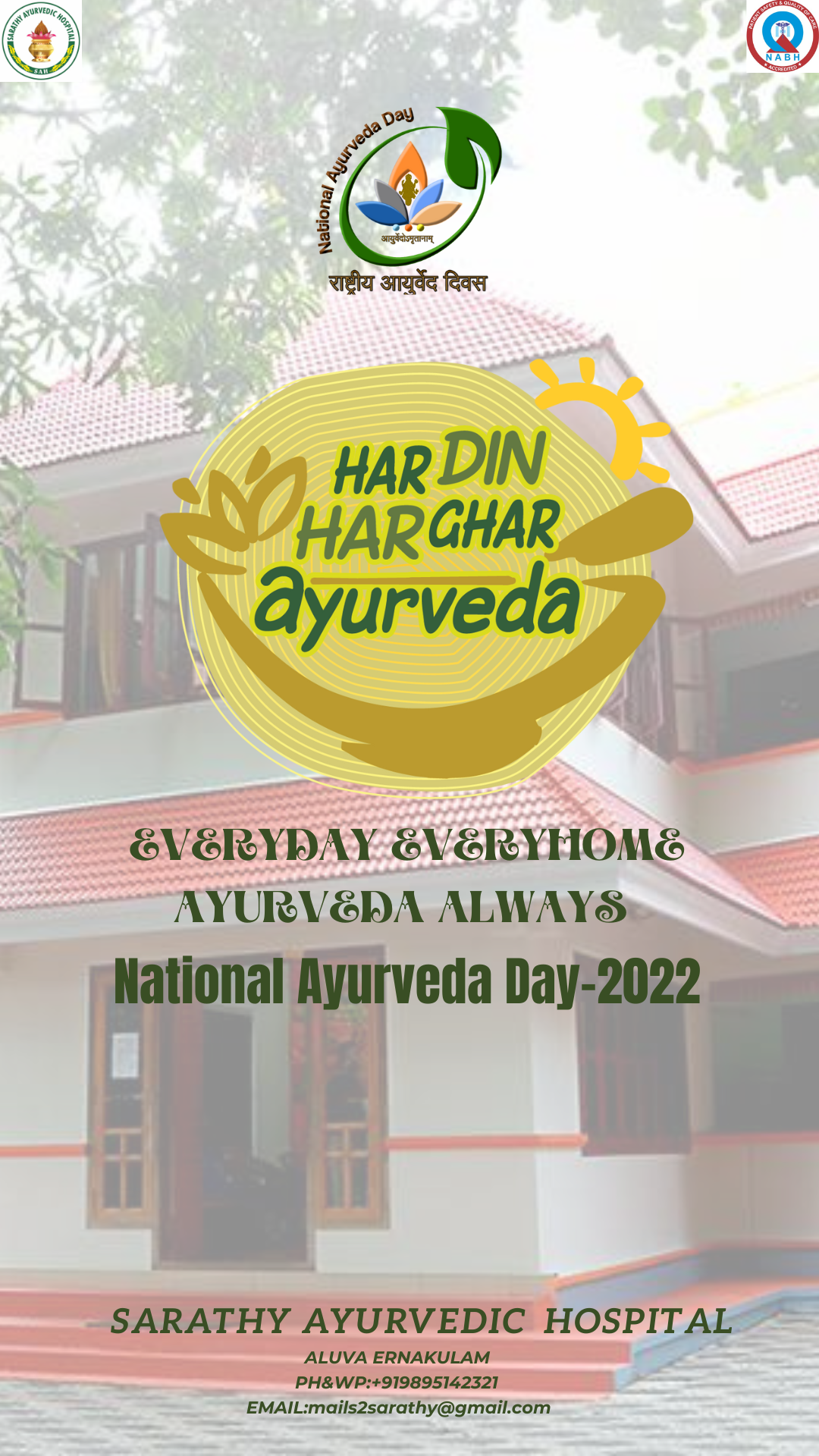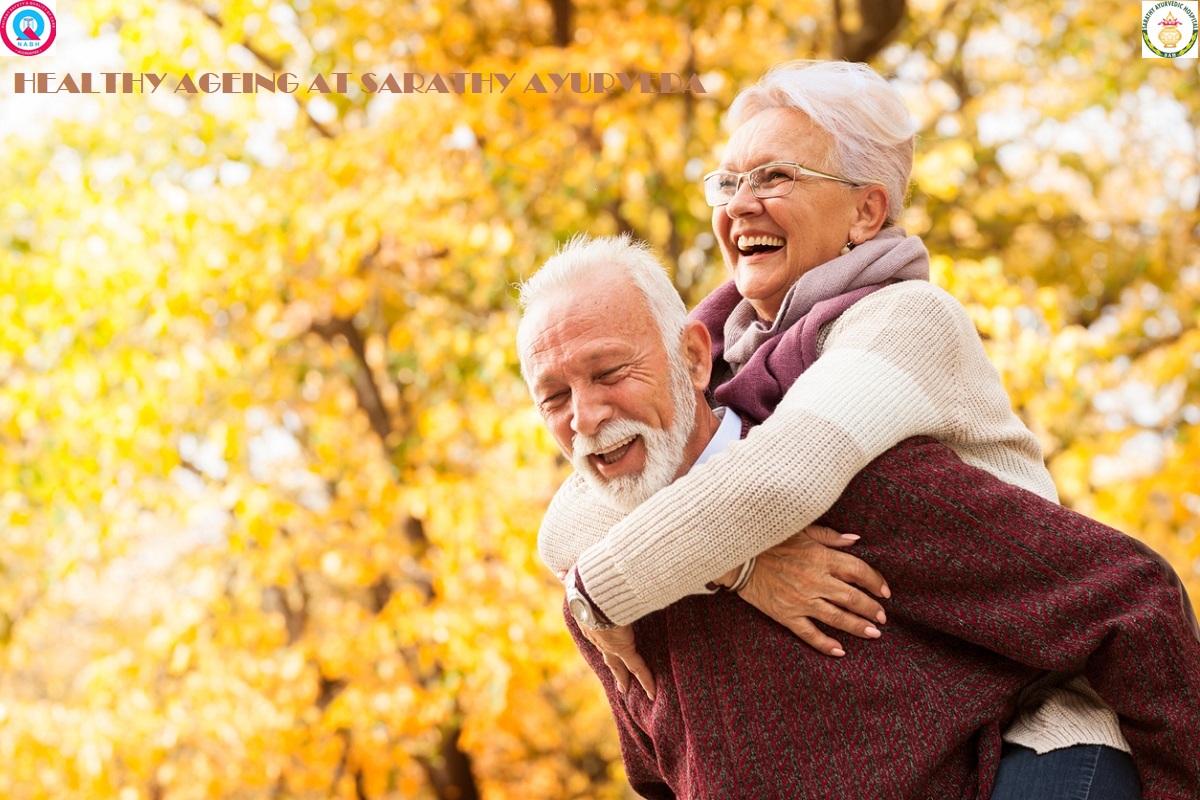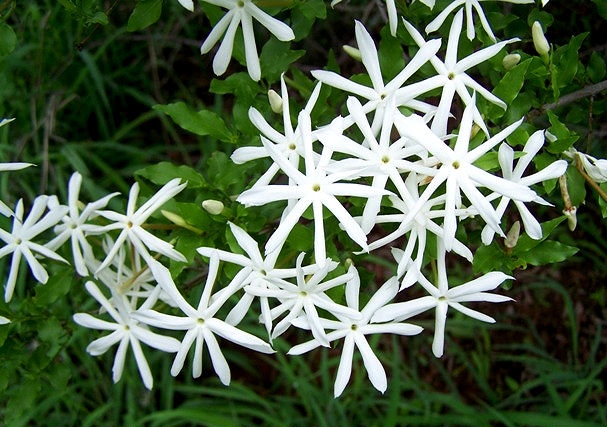What is Clinical or Therapeutic Yoga?
Yoga is generally perceived as a wellness lifestyle practice. It is true. However, Yoga has vast applications as a rehabilitative and supportive therapy in the treatment of various illnesses. Yoga can
help to enhance response to the conventional treatment protocol, elevate patient mental health,and play a major role in the reversal of pathology into physiology wherever possible
Yoga can also be used as a therapy in the prevention or delayed mitigated onset of various morbid illnesses in those who are at risk. For example, if a person who is at risk of developing diabetes due
to hereditary factors performs Mandookasana in a prescribed protocol there is every chance of reducing the morbidity. Likewise in conditions like dysmenorrhea prophylactic performance of
Paadahastaasana regularly during the non-menstrual days helps to achieve a pain-free menstrual period. This can reduce the need for taking painkillers which have considerable side effects.
How is the Yoga Therapy protocol decided?
Yoga as a therapy is prescribed as separate protocols combining various warm-up methods, asanas,pranayama, meditation, and relaxation techniques. The repetition of the asanas, the speed,
duration, frequency, time of practice, and various other factors are to be considered in a Yoga therapy protocol with a focus on improving the physical, mental, and spiritual well-being of the
person. The age, season, lifestyle, habitat, profession, lifestyle, mindset, and very importantly disease condition and the present treatment that the patient is undergoing are evaluated in depth
while a Yoga protocol is tailored.
How do you practice Yoga Therapy safely?
A few points have to be kept in mind while adopting Yoga as a therapy.
- First and foremost is to start the therapy under a doctor trained in Yoga or with a team that has a doctor and a Yoga instructor.
- If the person is undergoing therapies like physiotherapy, the professional taking care of the same also has to be part of the team.
- Yoga therapy has to be performed under the supervision of an instructor in the beginning.A pre and post vital health check is necessary for patients who are vulnerable
- Adhering strictly to the protocol is very important and the protocol has to be reviewed on a regular basis for changes if required
- Never copy a protocol advised to another person. Each person is different so also the
intervention is required. - Be aware and understand that yoga therapy is not an alternative to conventional medical treatment, instead it is a catalyst complementary therapy for various diseases and
conditions.
What is the general Yoga therapy protocol for stress-related disorders?
Stress is an important factor in life. Positive Stress is what takes you forward. The goal is stress management is to transform distress into a positive condition called eustress. Common stress-
related disorders are GAD or generalized anxiety disorder, depression, and post-traumatic stress disorder which happen due to various diseases or situations (PTSD). Relaxed engagement with yoga
asana, pranayama, and meditation helps in managing these disorders. In anxiety and sleep disorders due to anxiety, the focus should be on repeated performing of Asanas like Matsyasana, Vajrasana,
Baalasana, and Vipareeta Karani half an hour before sleep and 2 hours after dinner. Asanas should be followed by Naadishudhi, Sheetali, Bhramari Pranayama, and the recitation of Om in Jnana
Mudra. Prithvi Mudra helps to manage stress in a big way. Self-Meditation should not be practiced.It should be either prescribed or guided. The protocol creates mindfulness and helps balance stress
hormones, promote relaxation, initiate positivity and improve mental well-being.
What is the Yoga Therapy useful in cardiovascular diseases?
Patients with moderate to severe cardiovascular conditions should always seek the help of a doctor or trainer while practicing. Yoga therapy lowers blood pressure, reduces cholesterol levels, improves
circulation, and enhances heart function. Asanas like Tadasana, Utkatasana, Bhujangasana, and Ardhamatsyendrasana followed by pranayama practices like Anuloma Viloma and Ujjayi along with
Anjali Mudra are beneficial for cardiovascular health.
What is the Yoga therapy protocol for Varicose Veins?
Varicose veins happen due to circulation problems in veins. Correction of venous circulation is the goal. Uttana Paadasana, Shalabhasana, and Noukaasana in controlled holding method followed by
Kapalabhati Pranayama along with Rudra Mudra helps to manage varicose veins
Which Yoga Therapy protocol is useful in menstrual problems and PCOS?
In cases of excessive bleeding and during periods it is advisable to practice mild Pranayama like Sheetali and deep breathing along with Apaana mudra. For painful periods Paadahastasana and
Pavanamukthsana alternatively 10-15 times, Chakkichalana Asana 5 times daily during the non-menstrual days followed by Basthrika and Kapalabhati Pranayama is very useful. Drinking warm jeera
water on an hourly basis during menstrual days helps a smooth flow and painless periods. In PCOS where overweight is involved rigorous Suryanamaskara followed by Asanas like Maalasana,
Sethubandhasana, Pavanamukthasana, and Mahabandha has to be practiced for one hour every day. Pranayama is Kapalabhati. Mudra is Yonimudra. The practice has to be gradually and progressively
increased to reach optimum levels taking into account flexibility and stamina.
What Asanas and Pranayama are useful in Asthma and other Respiratory disorders?
Yoga therapy can be beneficial for individuals with respiratory conditions such as asthma,chronic obstructive pulmonary disease (COPD), and allergies. Yoga Therapy can improve lung capacity,
enhance respiratory muscle strength, and promote relaxation. In an acute attack of Asthma, slow passive abdominal breathing is helpful. A specific Mudra that involves both hands is useful in
respiratory conditions. Sethubandhasana, Adhomukha Svanasana, and Bhujangasana followed by deep breathing in Vajrasana pose along with the Mudra is the protocol
Which Asanas are useful in day-to-day aches and pains?
In conditions like arthritis, back pain, joint problems, swelling, and other day-to-day health issues Sookshma Vyayama involves gentle stretching, strengthening, and flexibility exercises, and
movement of all joints reduces pain, improves joint mobility, and enhances posture and body alignment. Ujjayi and Naadishudhi help manage pains. Mahabandha and Varuna Mudra are
indicated in pains. In cases of pain due to injury where rest is advised Yoga Asanas are contraindicated.
What are the Asanas for managing the difficulties of spine deformities?
Kyphosis or forward hunching, Lordosis or backward bending and Scoliosis or sideward bending are the common spinal deformities. Tadasana, Vrikshasana, Matsyasana, Paschimottasana, and other
postures involving spinal stretching are good in such conditions
What is Yoga Therapy for Digestive Disorders?
Digestive disorders: Yoga therapy can aid in managing digestive issues like irritable bowel syndrome (IBS), constipation, bloating, and acid reflux. Specific yoga postures, such as twists and gentle
inversions, can stimulate digestion, improve gut motility, and reduce discomfort. Pavanamukthasana is good for constipation and bloating. Kapalabhati Pranayama, Moolabandha and Pushan Mudra are
advised along with the Asanas. Trikonasana, Noukasana, and Marjarasana can be practiced depending on the conditions
What are the Yoga poses related to Neurological disorders?
Yoga therapy using aids like props and chairs can be beneficial for individuals with neurological conditions like multiple sclerosis (MS), Parkinson's disease, and stroke to improve balance,
coordination, flexibility, and muscle strength. Relaxation and Yoganidra reduce irritability and enhance overall well-being.
What Yoga therapy is indicated in Hormonal imbalances?
Yoga therapy can help regulate hormonal imbalances, such as in conditions like Menopause, Thyroid dysfunctions, and other conditions. Specific asanas and pranayama techniques can support
hormonal balance and promote overall well-being. Sarvangasana, Ushtrasana, Halasana and Sheershasana is indicated in Hypothyroidism along with Ujjayi Bhramari Bastrika Pranayama combo,
Jalandhara Bandha and Udana Mudra. Menopause can be managed with Suptha Matsyasana and Yoga Nidra, Badha Konasana, and Om recitation.
Conclusion: Yoga therapy can enhance the effectiveness of disease management and improve quality of life. If wrong methods are adopted the results may be counterproductive. It is very
important to seek guidance from both medical and Yoga professionals before and during Yoga Therapy so that the program is tailored to suit individual needs and limitations.
For more details and queries on Therapeutic Yoga and to book a consultation for Yoga Therapy and the means to it and to have free counseling on Possibilities of Yoga Therapy please feel free to
Talk to Sarathy Ayurvedic Hospital panel doctors
Mail us at mails2sarathy@gmail.com
WhatsApp us on +91-9895142321
Call us on +91-9895142321
Do visit our social media pages Sarathy Ayurvedic Hospital on Facebook, Instagram, Twitter, and LinkedIn
SARATHY AYURVEDIC HOSPITAL DOCTORS’ PANEL
Dr. Lathika PK-Specialist in Panchakarma, Stroke Rehabilitation and Ayurveda Cancer Care
Dr. Valsaladevi K-Specialist in Panchakarma, Child Health, Ayurveda Diet, and Yoga Therapy
Dr. Karthik K Nandan-Specialist in Conventional Orthopedics, Marma, and Varicose Veins
Dr. Gayatri S-Specialist in Women Health, Cosmetology, and Fertility
Dr. Ariya VS Resident Medical Officer




